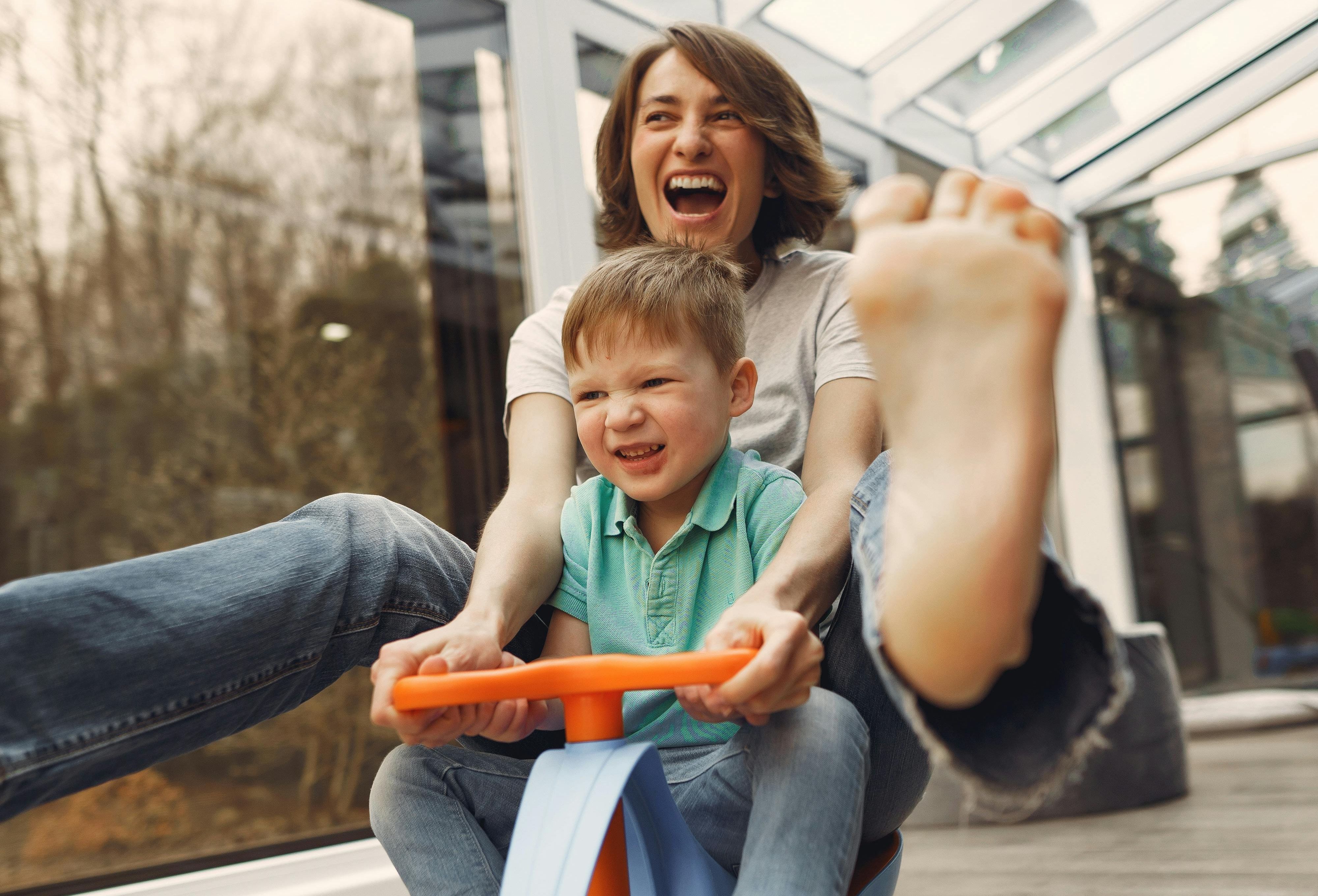If you took every prescription pill bottle you've ever used and laid them in a single line, how far would they stretch?
Maybe you've been picking up the same two medications every month at CVS for the last 10 years. That's 240 little orange pill bottles right there. And once you start counting all those Motrin and Claritin and whatever other over-the-counter bottles you've gone through in your life, it starts to add it up.
Photo by Thirteen of Clubs/Flickr.
It might not seem like much to you. But it's enough to reach a million lives in the east African country of Malawi.
A landlocked African country near Mozambique with a population of more than 16 million people, Malawi is one of the least developed countries in the world — which means, among other things, that Malawians must contend with a broken health care system plagued by a lack of training, resources, and general infrastructure, making it difficult for people to get the help they need when they need it.
Children in Matanda, Malawai. Photo by khym/Flickr.
And even when the right medicines are available, most patients don't have a way to bring them home.
Resources in Malawi are so scarce that most doctors just wrap prescription pills in the nearest piece of scrap paper or drop them in the patient's hand before they send them on their way.
\n\nBut more than half of Malawians live more than three miles away from the nearest health clinic — a long way to walk with a handful of loose pills.
\n\nIf you lose 'em on the way? Guess you're outta luck.
Think about that the next time you're crawling on the bathroom floor looking for that one pill you dropped. Photo by Luigi Guarino/Flickr.
"A safe storage container that protects the medication from the elements is important," explained Dr. Sallie Permar, associate professor of pediatrics, molecular genetics and microbiology, and immunology at the Human Vaccine Institute at Duke University Medical Center. "There have been recent major public health achievements in increasing the access to these life-saving medications in low- and middle-income countries such as Malawi. Yet one of the biggest challenges in clinical medicine in any setting is patient adherence to daily medications."
That's why the Malawi Project put out a call for donations of prescription pill bottles to send to those who need them most.
Founded by Dick and Suzi Stephens, a couple with a history of bringing aid to Malawi, this charitable organization was formed as a conduit to implement humanitarian aid and community projects in the country that can then be handed over to the people themselves.
\n\n"Our whole idea is to empower the Malawians to empower themselves," Suzi said in an interview with NPR, referring to the fact that "teach a man to fish" is one of their guiding principles.
The medicine bottle recycling program is just one of many initiatives that the Stephens helped to facilitate.
\n\nWhen it was first announced on Facebook in March 2015, the post was shared more than 80,000 times, reaching an audience of more than 5 million people.
\nWithin eight months, they'd received more than 2 million prescription pill bottles to send to the people of Malawi.
In fact, the project was so successful that they had to stop accepting donations because they received more than they could possibly handle.
Not bad for a little charity run out of the couple's home, huh?
Though the Malawi Project's initiative has ended, there are plenty of other ways that you can clear out your collection of orange containers and still help people in the process.
- Peel the labels off and send your pill bottles to an international outreach program, such as Matthew 25: Ministries or Samaritan's Purse (the latter of whom are looking for everything from hospital gowns to lightly used defibrillators, in addition to medicine bottles).
- Contact an animal hospital or ASPCA near you to see if they could use some pill bottles stock for pet medicines. (And remind me to tell you that story sometime about my chinchilla's morphine addiction.)
- Reach out to your local community health center or homeless shelter to find out if they're accepting donations. Because as cool as it is to think of your used medicine bottles making a difference all the way across the world, you might have neighbors who could use the help as well.


 O Organics Mexican-style blend cheese.via O Organics
O Organics Mexican-style blend cheese.via O Organics O Organics baby gold potatoes.via O Organics
O Organics baby gold potatoes.via O Organics O Organics tomato basil pasta sauce and extra virgin olive oil.via O Organics
O Organics tomato basil pasta sauce and extra virgin olive oil.via O Organics via
via 

















